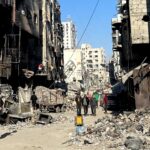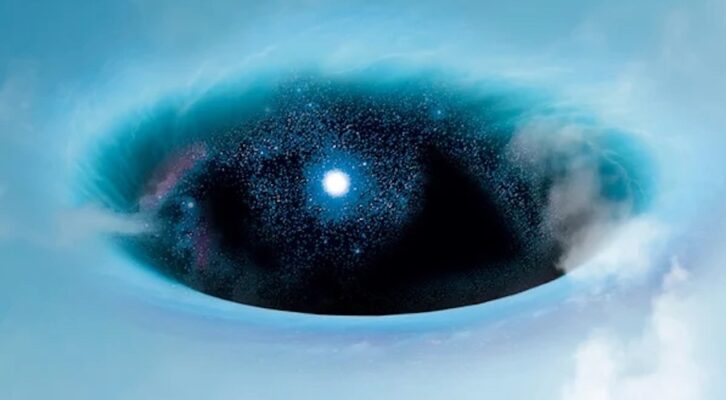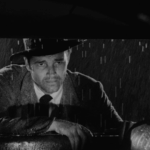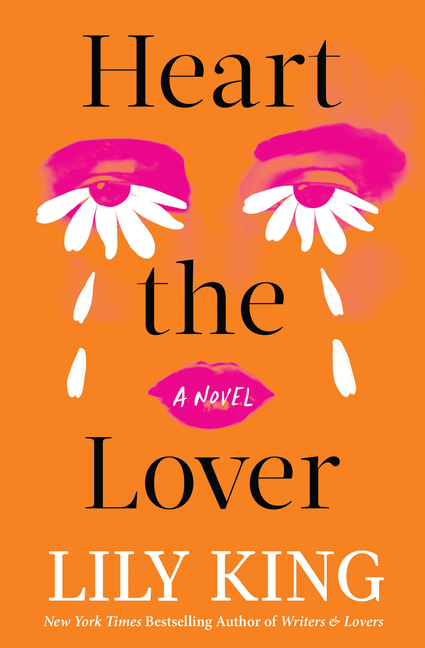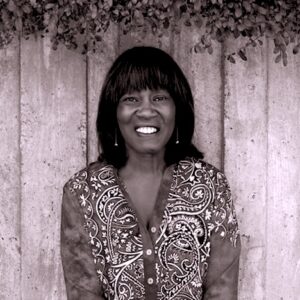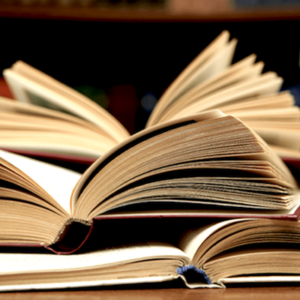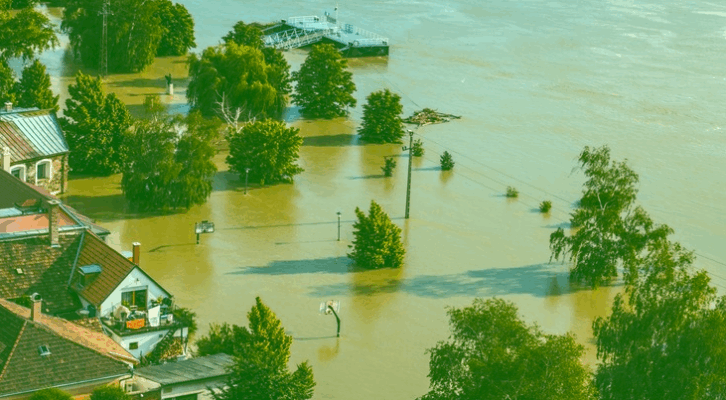
“It’s Okay But It’s Also Really Not.” When Dystopian Fiction is No Longer a Thought Experiment
Yume Kitasei Explores the Different Forms Dystopias Can Take, On and Off the Page
Dystopian fiction is getting real, and I’m here for it. I don’t think I’m the only one. There’s something cathartic about reading about the end of the world.
As a science fiction reader and avid fan, I find that dystopian fiction is the one kind of sci-fi that the “I don’t really read sci-fi” crowd is willing to pick up—see the popularity of books like Station Eleven by Emily St. John Mandel and The Hunger Games by Suzanne Collins. This might be because some of them don’t even realize it’s sci-fi.
I think this is because “dystopian fiction” actually encompasses two different subgenres. The first is fiction that is more of a ‘thought experiment.’ In these books, the world-building is fantastical, fable-esque, or detail-obscured. The reasons behind how the world came to be are less important than what happens within it. Some of the circumstances are even surreal or intentionally impossible. This group includes books like Animal Farm and 1984 by George Orwell, Fahrenheit 451 by Ray Bradbury, Divergent by Veronica Roth, and Blindness by Jose Saramago. The goal of these books is not to portray a dark future that could happen but rather to amplify and focus on specific disturbing aspects of our society in a white box setting.
‘Thought experiment dystopian fiction’ allows us to process horrible things at a safe distance, whereas ‘dystopian realism’ is more akin to a polar plunge.
One excellent recent book that falls into this category is Under the Eye of the Big Bird by Hiromi Kawakami translated into English by Asa Yoneda. It’s a delightfully weird book that wanders through a future Earth where humans have been replaced by artificial intelligence and genetically redesigned human-animal constructs. The unreal construction of the book allows the author to explore what it is to be human, including some of our self-destructive tendencies as a society. Rakesfall by Vajra Chandrasekera, published last year, similarly journeys into a distant future to the very end of time, and in doing so, delves into human connection and individuality. The Other Valley by Scott Alexander Howard, about a valley that is physically bordered by past and future versions of itself (my friends don’t agree that this book is dystopian or science fiction, but I stand by it) and This Great Hemisphere by Mateo Askaripour, about a world where half the population is invisible, are other great examples.
The second subgenre of dystopian fiction are books that are more grounded in reality and offer a dark vision of what might actually happen if society goes down a particular trajectory. A recent example of this is Prophet Song by Paul Lynch, about a family living in a contemporary, democratic country that slides into authoritarianism. It’s a book that feels so real that when I first started reading it, I thought it was historical fiction.
This second subgenre isn’t new—think Octavia Butler’s Parable of the Sower or the many books that imagine a world reduced to rubble by nuclear bombs published in the Cold War era. These days, it feels like this subgenre I’m going to call ‘dystopian realism’ is powered by a growing number of climate fiction books like The Light Pirate by Lily Brooks-Dalton, which has some fantastic elements but traces a mostly plausible future where climate change overtakes Florida, and Wild Dark Shore by Charlotte McConaghy.
Climate fiction is one reason ‘dystopian realism’ is increasingly ‘near-future’ rather than set in some inscrutable distant time. We’re in an era where we don’t have to construct thought experiments to see what a dark future might look like, because these days it feels the end of world as we know it is looming over us. In fact, it can make writing a near-future dystopian a tricky endeavor: Predictions might come true before a book is published.
My new novel, Saltcrop, is set in a world where sea levels have risen and started to eat away at city boundaries. In reality, there are neighborhoods in New York City where I live that already experience regular tidal flooding, and the change to a sub-tropical climate means our infrastructure is regularly overwhelmed by the volume of rain we now experience. In my near-future world, our technological advancement has not kept pace with our energy and fuel production, leaving many in formerly ‘first world’ countries forced to make do without modern tools. Today, as we halt investments in and construction of sustainable energy sources and AI data centers drive up the cost of electricity, I’ve started to wonder if Saltcrop is closer than I realized.
Maybe the real make-believe now is that it’s make-believe.
It’s no surprise people are anxious about the future. What I find interesting is that with the resurgence of dystopian fiction, the two dystopian subgenres seem to be converging. The Handmaid’s Tale by Margaret Atwood, for example, I would have put in the ‘thought experiment’ category. I know it was based on real things that have already happened, but it didn’t feel like ‘dystopian realism’ when I read it a couple decades ago. Now, it feels uncomfortably grounded. Chain Gang All Stars by Nana Kwame Adjei-Brenyah, a propulsive book about incarceration in America, the for-profit prison industry, and our appetite for reality TV, also feels like both. A future where we televise brutal fights between prisoners for entertainment could very well be tomorrow. And the titular wall in The Wall by John Lanchester, in which a future Britain builds a wall to keep everyone else out, is a metaphor for isolationism and anti-immigrant sentiment, but the erosion of coastlines and nations willing to indiscriminately shoot people who sail too close to their borders is approaching not only reality by terrifying normalcy.
My theory about the convergence of these subgenres is that ‘thought experiment dystopian fiction’ allows us to process horrible things at a safe distance, whereas ‘dystopian realism’ is more akin to a polar plunge. Combining both the surreal, removed elements of the former with the visceral closeness of the latter creates a sort of oscillating effect between hopelessness and hope, despair and determination. We know where we are heading, but we aren’t there yet, and also don’t worry, we know some of this can never come true. It’s okay but it’s also really not. We can still avoid our fate, but it may also be too late.
We speculate by watching through our fingers, and we like to know we can toss our empty popcorn cartons and exit the theater into the bright afternoon, but maybe the real make-believe now is that it’s make-believe.
__________________________________
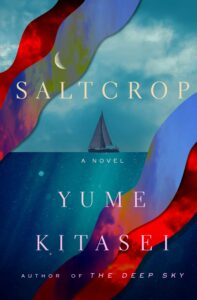
Saltcrop by Yume Kitasei is available from Flatiron Books, an imprint of Macmillan.
Yume Kitasei
Yume Kitasei is the author of Saltcrop, The Stardust Grail, and The Deep Sky. She is Japanese and American and grew up in a space between two cultures—the same space where her stories reside. She lives in Brooklyn with two cats, Boondoggle and Filibuster.









